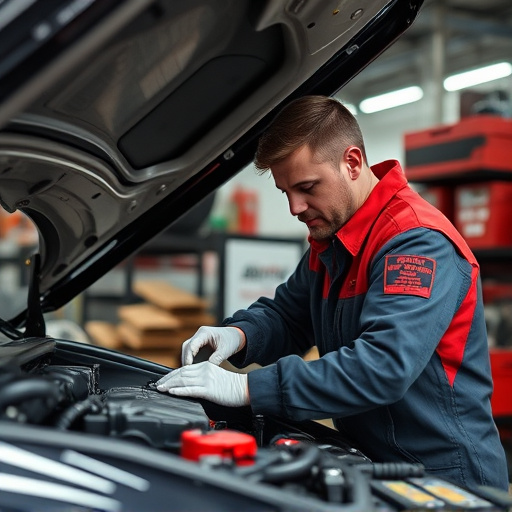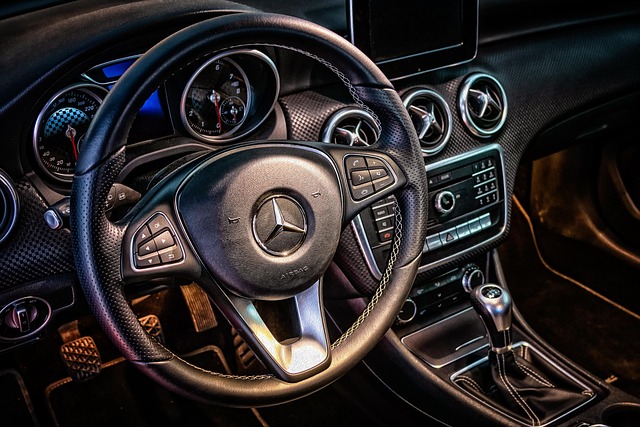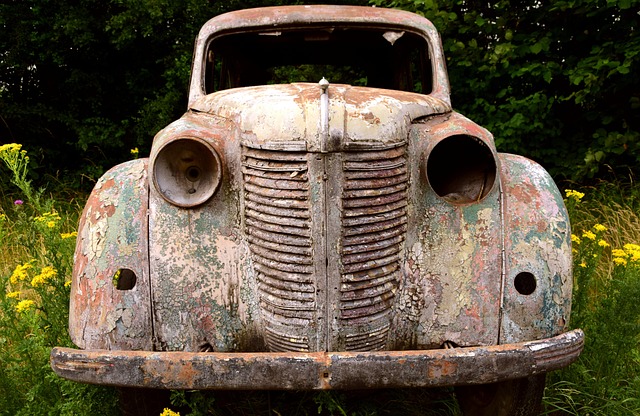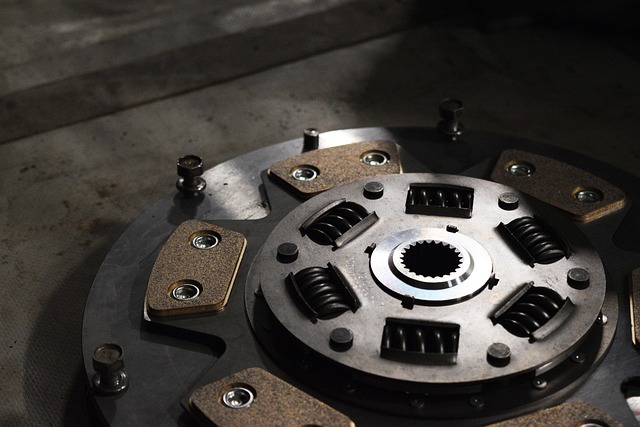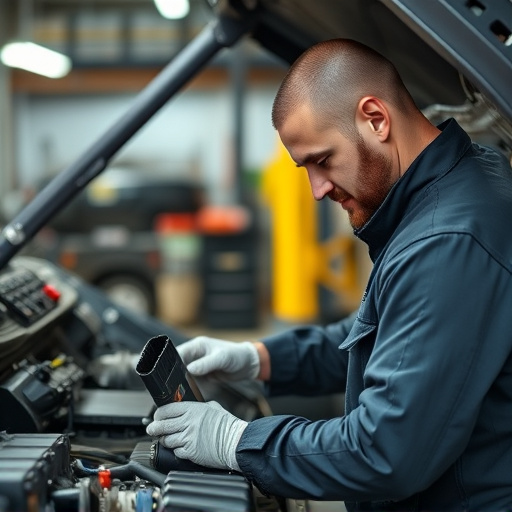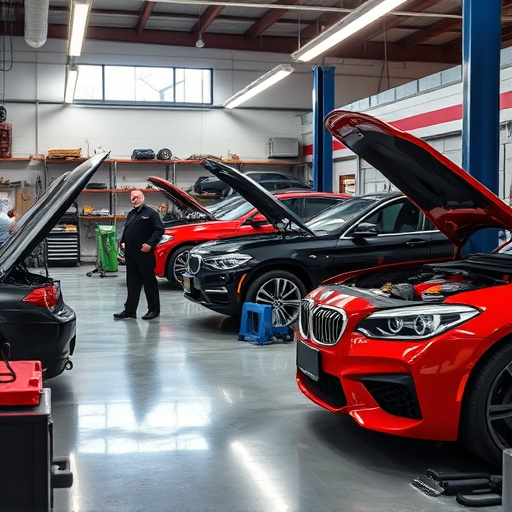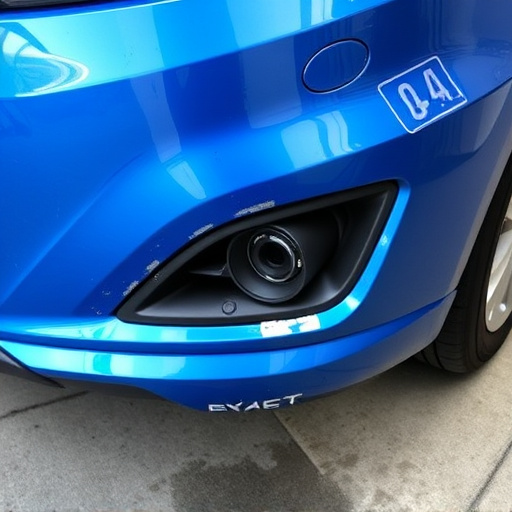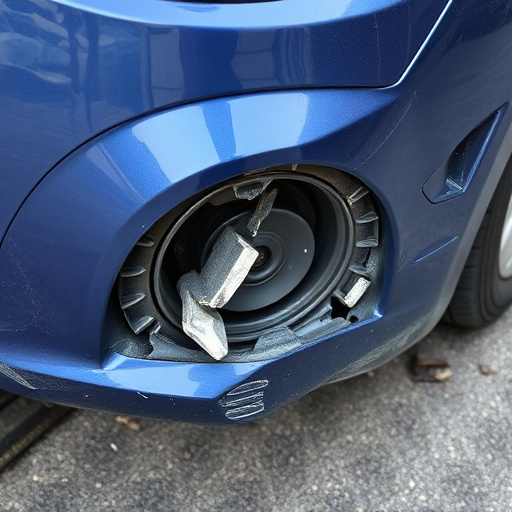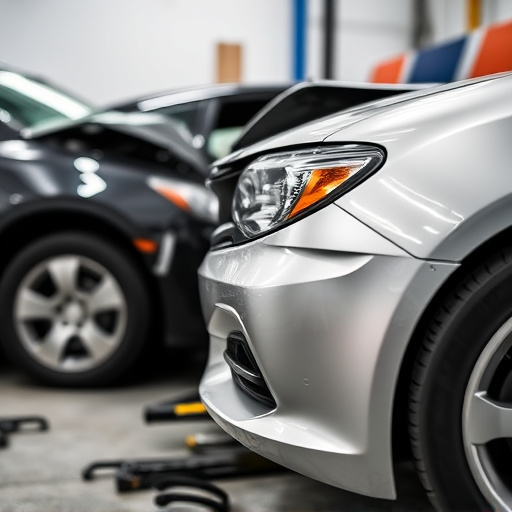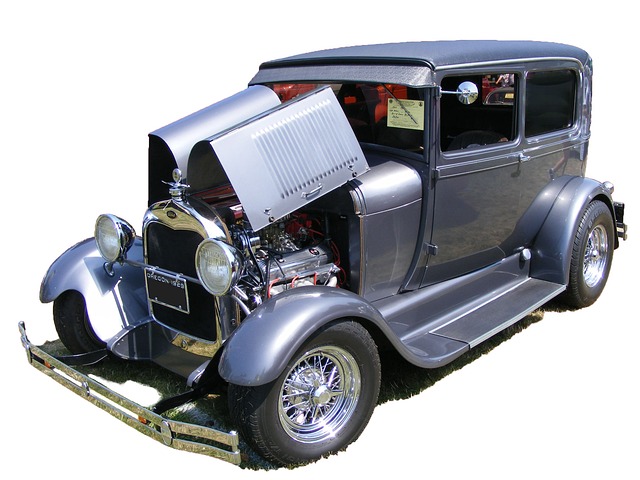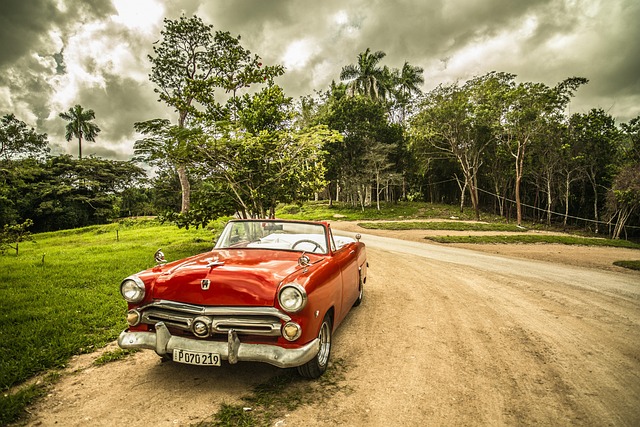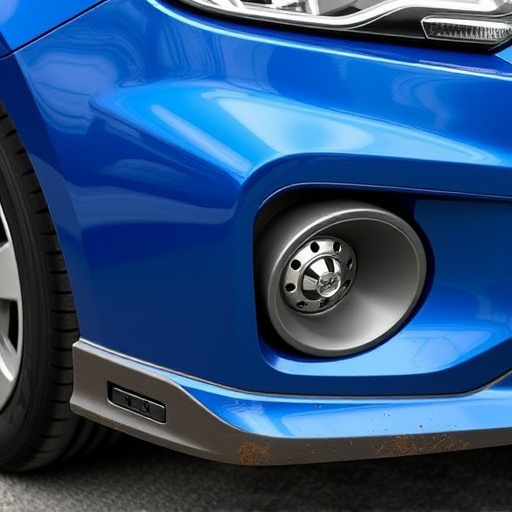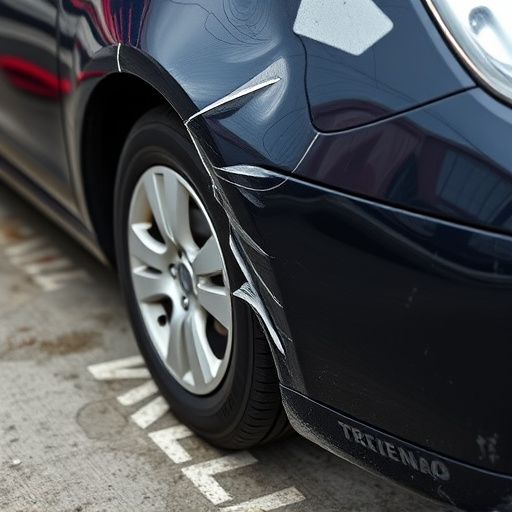Mercedes Benz collision repair experts use advanced color science and tools for precise original paint matching, ensuring vehicle restoration to pre-accident condition by accurately recreating color nuances in body repairs and dent removals.
Discover the art of achieving flawless original paint matching with these seven secrets from industry professionals. Uncover advanced techniques in color theory, enabling you to understand tone and shade like never before. Learn the tools and methods used by experts to mix colors precisely. From expert tricks to essential knowledge, this guide empowers you to match original paint perfectly, ensuring your projects boast a sophisticated, authentic finish.
- Unlocking Secrets: Professional Paint Matching Techniques
- Color Theory: Understanding Tone and Shade Match
- Mastering Tools: The Art of Precise Mixing
Unlocking Secrets: Professional Paint Matching Techniques
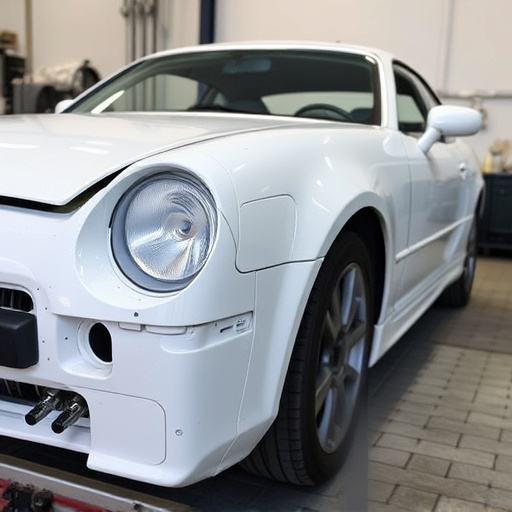
Professionals in the automotive industry, especially those specializing in Mercedes Benz collision repair, have mastered the art of original paint matching. This skill is crucial for restoring vehicles to their pre-accident condition, ensuring a seamless blend that matches the vehicle’s unique specifications. The process involves more than just mixing pigments; it entails understanding the science behind color and its impact on light reflection.
These experts utilize advanced tools and techniques, such as specialized lighting and computer-aided paint analysis, to capture and analyze the original paint shade accurately. By studying the subtle nuances of color and texture, they can recreate the exact match required for various car dent repairs or tire services. This level of precision is what sets apart a good repair job from an outstanding one, ensuring vehicles not only look but also perform as if nothing had happened.
Color Theory: Understanding Tone and Shade Match
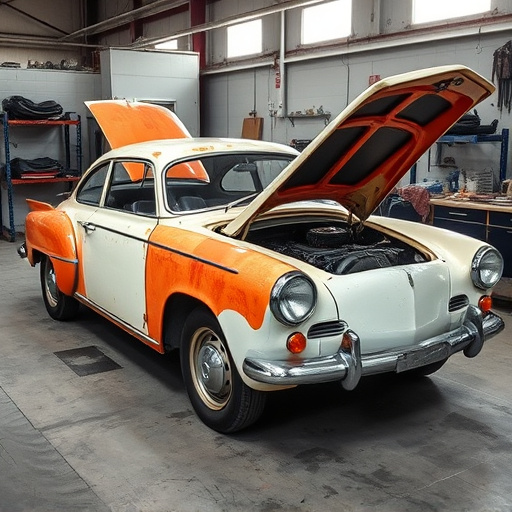
Color theory plays a pivotal role in achieving precise original paint matching during car body repair or dent repair processes. The understanding of tone and shade is essential to recreating the exact color of a vehicle’s exterior, be it for fender repair or a full restoration. Every hue has its unique characteristics, defined by its lightness (tone) and purity (shade). For professionals, recognizing these nuances allows them to mix paints accurately to match not just the base color but also its subtle variations.
By studying tone and shade, experts can navigate the complex world of colors, ensuring that every stroke of paint replicates the original perfectly. This meticulous approach is crucial in car body repair, where even the slightest deviation from the authentic color can impact the vehicle’s overall aesthetic appeal. Thus, mastering color theory equips technicians with a powerful tool for achieving seamless and unnoticeable original paint matching.
Mastering Tools: The Art of Precise Mixing
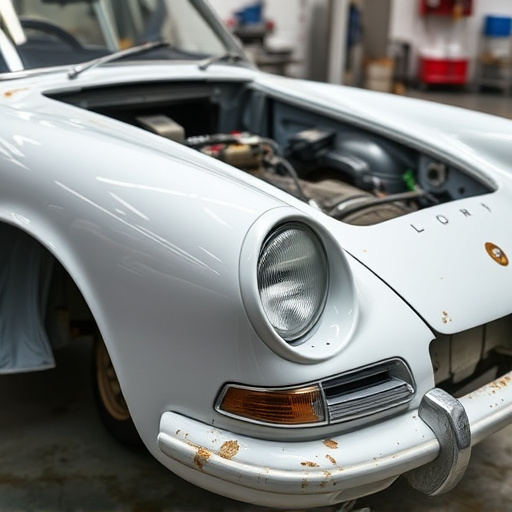
Professionals in original paint matching are experts at utilizing tools to achieve precise mixing, a key aspect of their craft. They know that the right tools can make all the difference in getting the exact color match required for car damage repair or dent removal projects. From specialized containers and spatulas to advanced mixers, these professionals have mastered the art of blending pigments seamlessly.
This meticulous process involves carefully measuring and combining various colors to create a unique shade that perfectly replicates the original paint job. By understanding how different elements interact, they can achieve a seamless finish, even when dealing with complex frame straightening tasks. Their expertise ensures that every stroke is calculated, leading to outstanding results in restoring vehicles to their pre-damage condition.
Professionals’ secrets for precise original paint matching involve a blend of advanced color theory, skilled tool usage, and meticulous techniques. By understanding tone and shade, leveraging the right tools, and applying expert mixing methods, you can achieve stunning results in your own painting projects. Incorporating these practices into your approach to original paint matching will help ensure accurate and satisfying color replication.
